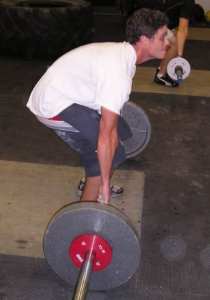Q: How do I keep from gaining weight during the holidays?
A: The holiday season tends to be one of indulgence - lots of
get togethers and parties, sweets and treats. However, it doesn’t have to be at
the expense of your waistline and overall health. Here are a few tricks to
staying the course fitness wise during the holidays or any other time you’re
going be short on healthy options.
Pre-eat
Eating a small healthy meal prior to attending a party where you know there is going to be a plethora of junk food is a great way to limit cravings and over-eating. Showing up semi-full allows you to take part in the get together and even enjoy some of the treats while you spend time with loved ones, however, it will help limit intake of less than healthy foods.
 |
| This before... |
Exercise
Similar to pre-eating, getting a good workout in before you
eat a large meal or attend a party will help keep overindulgence to a minimum
because, I don’t know about you, but I don’t crave junk food after a good
workout. Exercise also stokes your metabolism, making calories taken in more
productive and less likely to end up in fat storage.
 |
| ... this. |
Stop at 80%
Being conscious about how full you are can make a big
difference in whether you over eat or not. A great strategy is to stop eating
when you’re 80% full. For most, stopping at 80% will be enough food. You might
think you want more, but after waiting a few minutes you’ll realize you’re
actually satiated.
 |
| Stop eating at 80% full |



























